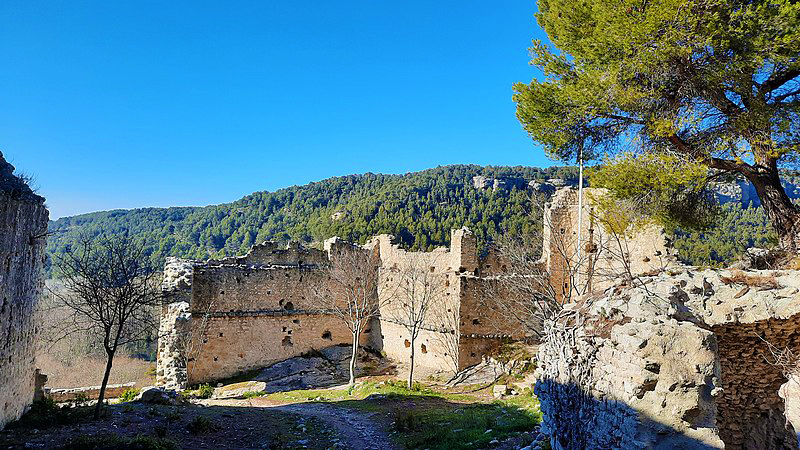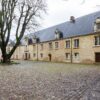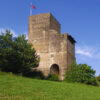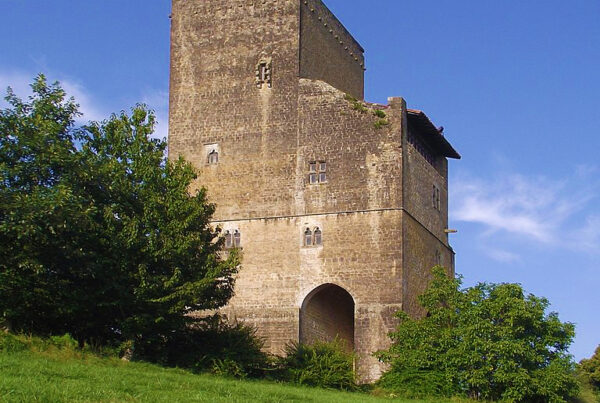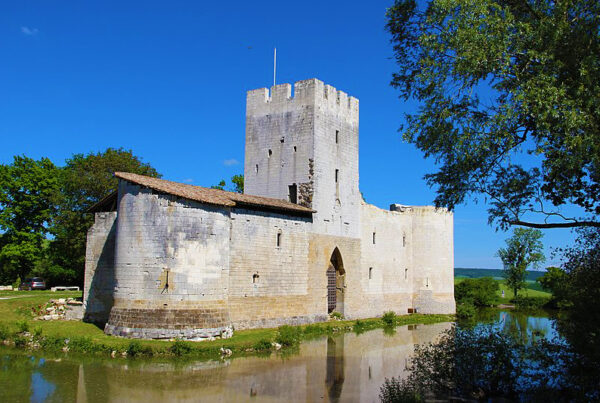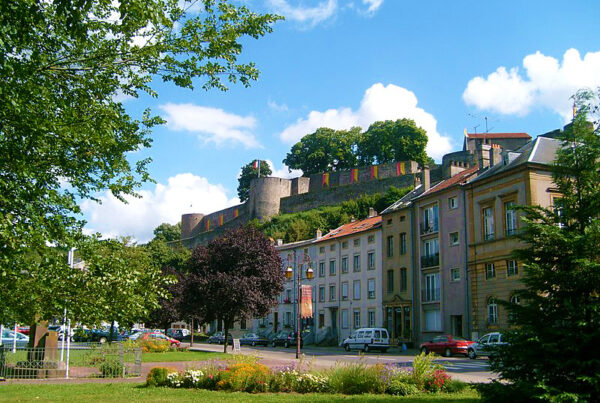The Château des Évêques de Cavaillon, also known as the Episcopal Palace of Cavaillon, is a historic castle located in the town of Cavaillon in the Vaucluse department of southeastern France. Here’s an overview of this historical site:
Historical Significance:
The Château des Évêques de Cavaillon holds historical significance as the former residence of the bishops (évêques in French) of Cavaillon. It dates back to the 12th century when it was originally constructed as an episcopal palace. Over the centuries, it served as both a residence and a center of power for the bishops of Cavaillon, who were influential figures in the region.
Architectural Features:
The castle’s architecture reflects various styles and periods due to alterations and renovations over time. It combines elements of Romanesque and Gothic architecture. The castle features a defensive wall, towers, and a central courtyard. The façade is adorned with decorative elements typical of the Gothic style, including pointed arches and tracery.
Restoration and Preservation:
Like many historic buildings, the Château des Évêques de Cavaillon has undergone restoration and preservation efforts to ensure its longevity. These efforts have aimed to protect and showcase its historical and architectural significance.
Visiting:
Today, the Château des Évêques de Cavaillon is open to the public and serves as a cultural and historical attraction. Visitors can explore the interior of the castle, which often includes exhibitions and displays related to the history of the region and the role of the bishops.
The castle’s courtyard and architectural features are also of interest to visitors. It offers an opportunity to admire the medieval and Gothic elements of the structure.
As with any historical site, it’s advisable to check the official website or contact the castle directly for the most up-to-date information on visiting hours, admission fees, and any special exhibitions or events that may be taking place.
In conclusion, the Château des Évêques de Cavaillon is an important historical site that reflects the history and architecture of the region. Its role as an episcopal palace and its Gothic and Romanesque elements make it a valuable destination for those interested in history and architecture in the Vaucluse region of France.
